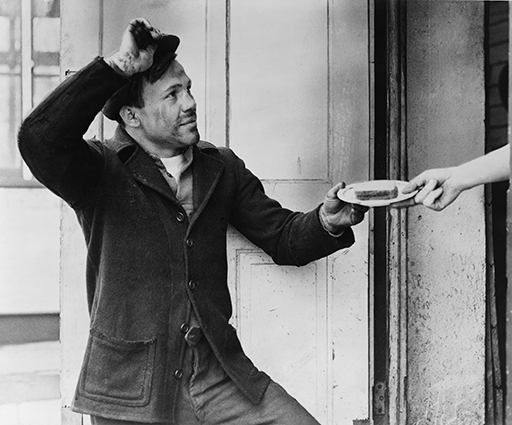Why do we have charities?
There are many documented histories of the voluntary sector, with similarities and differences between the fields of interest such as health, social policy, environment and education. In general, early initiatives came from faith-based organisations providing almshouses, schools and care of the sick. Even old-age pensions and unemployment insurance schemes were administered by voluntary organisations.
The government gradually became involved, helped or took over some of these services. The ethos of the early twentieth century was liberal, in that the government saw its role as working with voluntary organisations to provide vital welfare services (Thane, 2011).
The emergence and development of the welfare state in the 1940s meant that the government took over responsibility for providing what charities had previously been providing independently. A general consensus began to emerge as to the role of charities (and other voluntary organisations) within the welfare state:
A charity should not duplicate or replace what is the obligation of the state to provide. This would be a pointless duplication of effort, and a misuse of charitable funds.
A charity should seek to complement and supplement what the state provides, pioneering new approaches, enhancing existing services and generally building on the basic provision undertaken by government.
The purposes for which an organisation is established will reflect the interests and concerns of its founders. Many charities have very tightly defined charitable purposes reflecting the founders’ intentions, which restrict what can be done. It is an important function of those charged with the governance of charities to interpret the purposes of the charity in light of present-day circumstances, A charity can also amend its governing document if there is a clear power allowing this. Certain powers are available in the Charities Act and the Companies Act and many charities also have specific powers of amendment in their governing documents. Where the change which the trustees wish to make is not covered by these powers, trustees can apply to the commission via a process of a cy pres scheme, which means that (in England and Wales) they have to apply to the Charity Commission. Whatever the source of the power, there will almost certainly be conditions that must be met when using it. The most common condition it to identify additional purposes that are near the original purposes. A charity for pit ponies might become an animal sanctuary, a faggot society (for collecting wood to burn heretics) might use its money for evangelism and St Dunstan's (which was restricted to treating soldiers blinded on active service founded on a wave of public sympathy after the gassings in World War 1) extended its remit to the welfare of all former service men and women. On the other hand, charities for the relief of girls in moral danger, which were popular in Victorian times (reflecting concern at the molestation of women servants and their consequent pregnancies) still find an active role in rape crisis and women’s aid, which is an interpretation of their objectives in relation to present-day needs.
Activity 1
Select a voluntary organisation that you have heard of or are interested in and then write notes on the following questions (you may need to look at an organisation’s website or leaflets to find the information). If you are already volunteering or working for a voluntary organisation then you might want to choose that one as your focus.
When was the organisation set up and by whom?
What was its original purpose and has that changed? If so, how and why?
How does the organisation demonstrate its public benefit?
Discussion
Here is an example of a registered charity in Oxfordshire:
In 1979 Oxfordshire County Council set up a museum at Cogges, a thirteenth-century manor house and farmstead.
It was originally a farm museum but due to increasing costs and falling visitor numbers, it closed in 2009 and then reopened under a different arrangement. It is now run by Cogges Heritage Trust with a small paid staff team and many volunteers. It is on lease from the Council but has to be self-financing. Its role as a museum is now downplayed and instead it concentrates on events, education and as a wedding and filming venue. It also promotes local food and sustainability.
The organisation has a website and is active on social media publicising what it does. Its purpose is to be somewhere for the local community to visit and relax, and to educate children and adults about its history and food sustainability.
Public benefit

